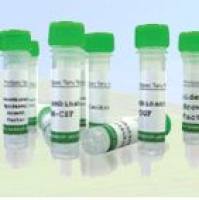Combined Fluorometric and Electrophysiological Recordings
互联网
516
Combined electrophysiological and fluorometric recordings have proven to be a powerful tool, especially in the field of neurobiology.
With this combination it became possible to overcome three major limitations of pure electrophysiological measurements. First,
high-resolution recordings from cellular compartments distant to the recording electrode became feasible, allowing, for example,
the quantification of the occupancy of postsynaptic receptors (Mainen et al., 1999
) and the density of voltage-gated Ca2+
channels (Sabatini and Svoboda, 2000
) at the level of single dendritic spines. Second, the analysis of cellular responses not directly associated with electrical
signals became possible. Examples include synaptically evoked Ca2+
release from intracellular stores (Takechi et al., 1998
; Finch and Augustine, 1998
) and Ca2+
buffering by endogenous Ca2+
-binding proteins (Zhou and Neher, 1993
). Third, the spatiotemporal extent of second messenger signals, for example, during subthreshold synaptic activity (Eilers et al., 1995a
) and during the induction of synaptic plasticity (Eilers et al., 1997b
), can be monitored by means of fluorescence imaging.









